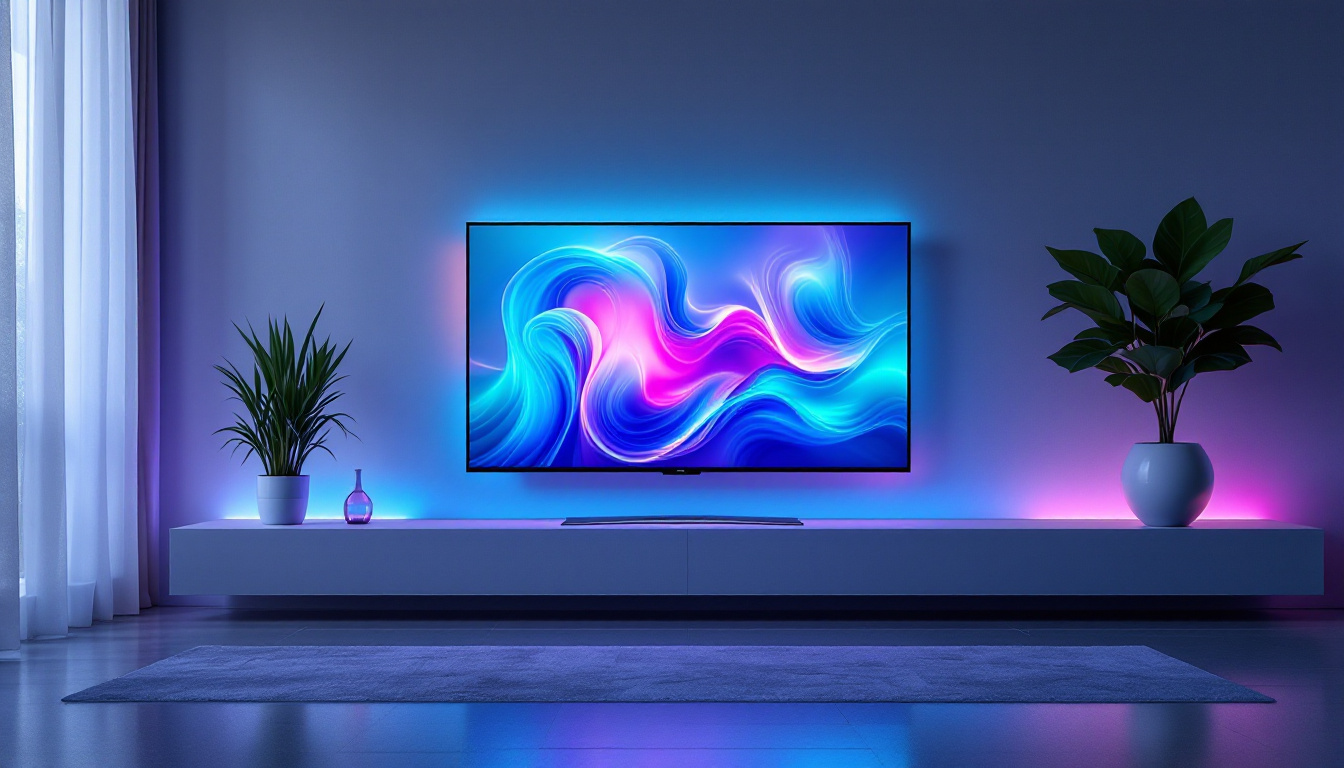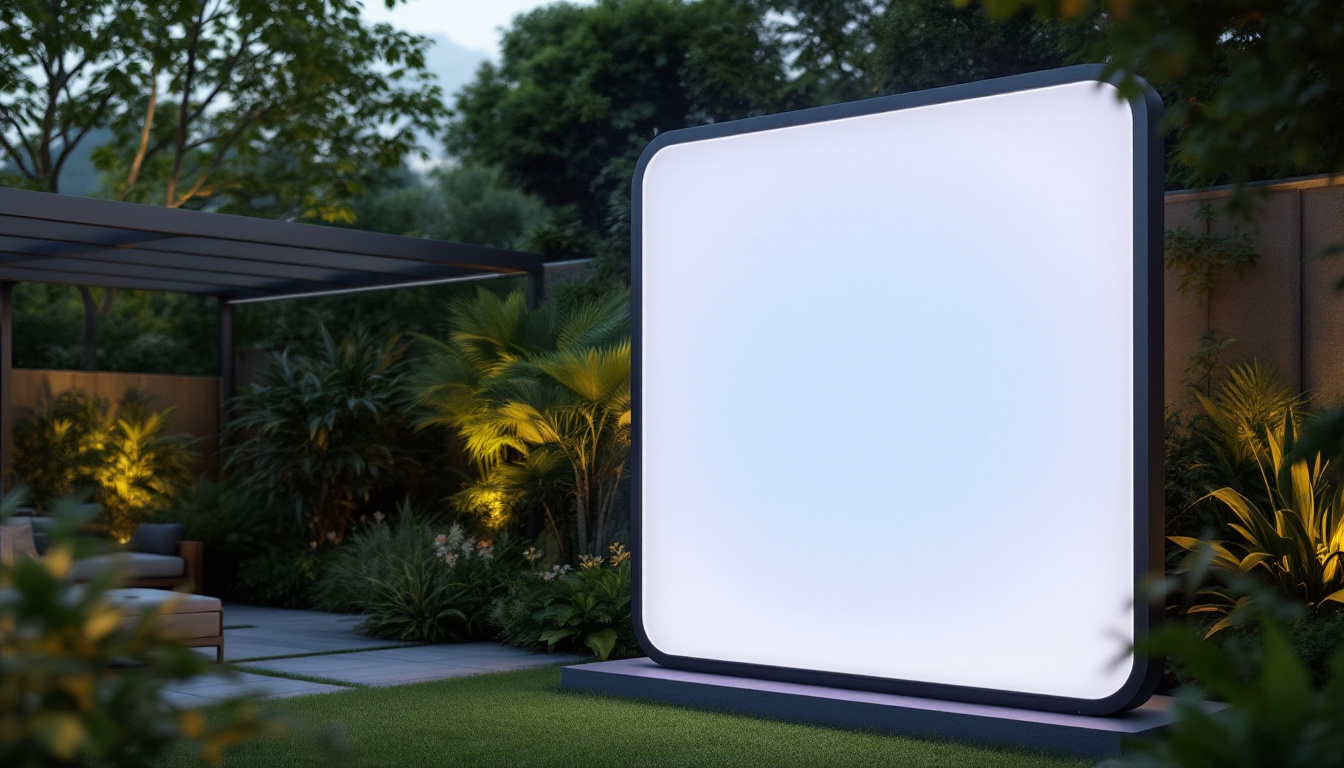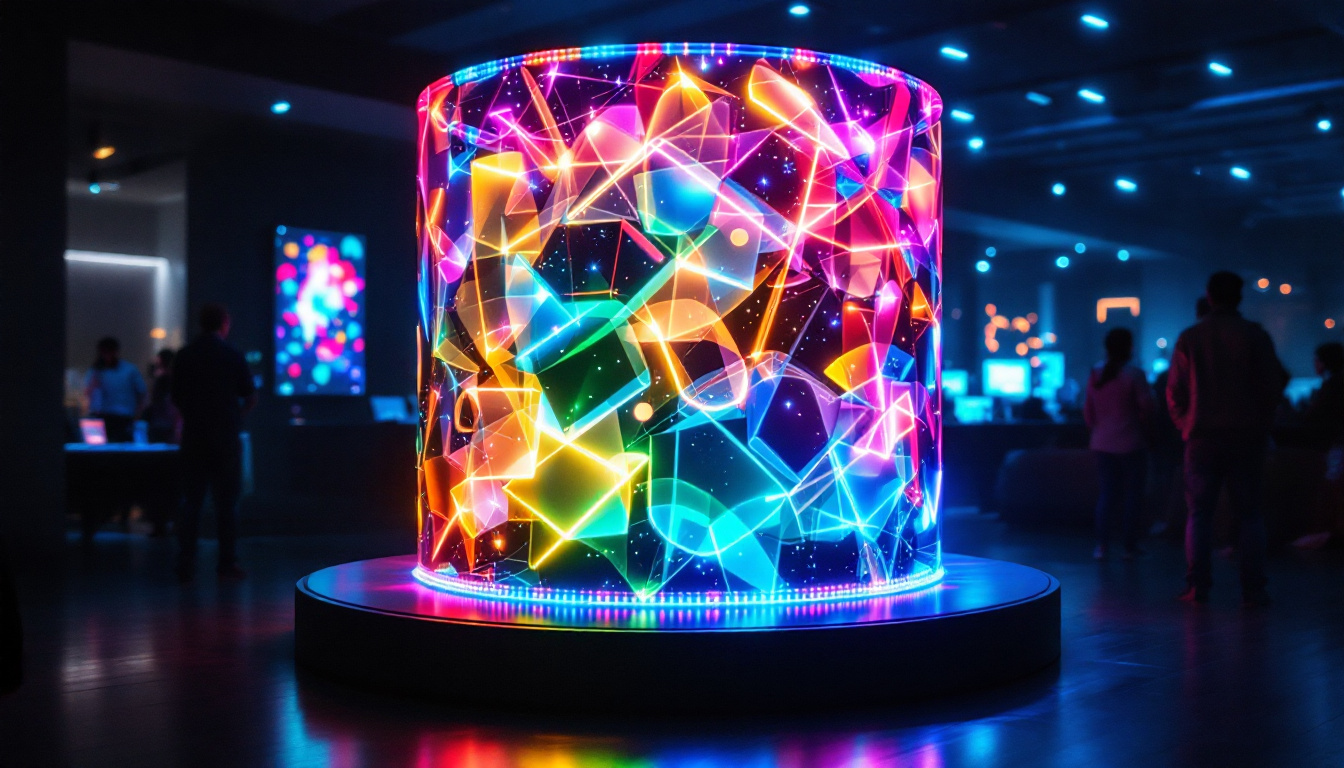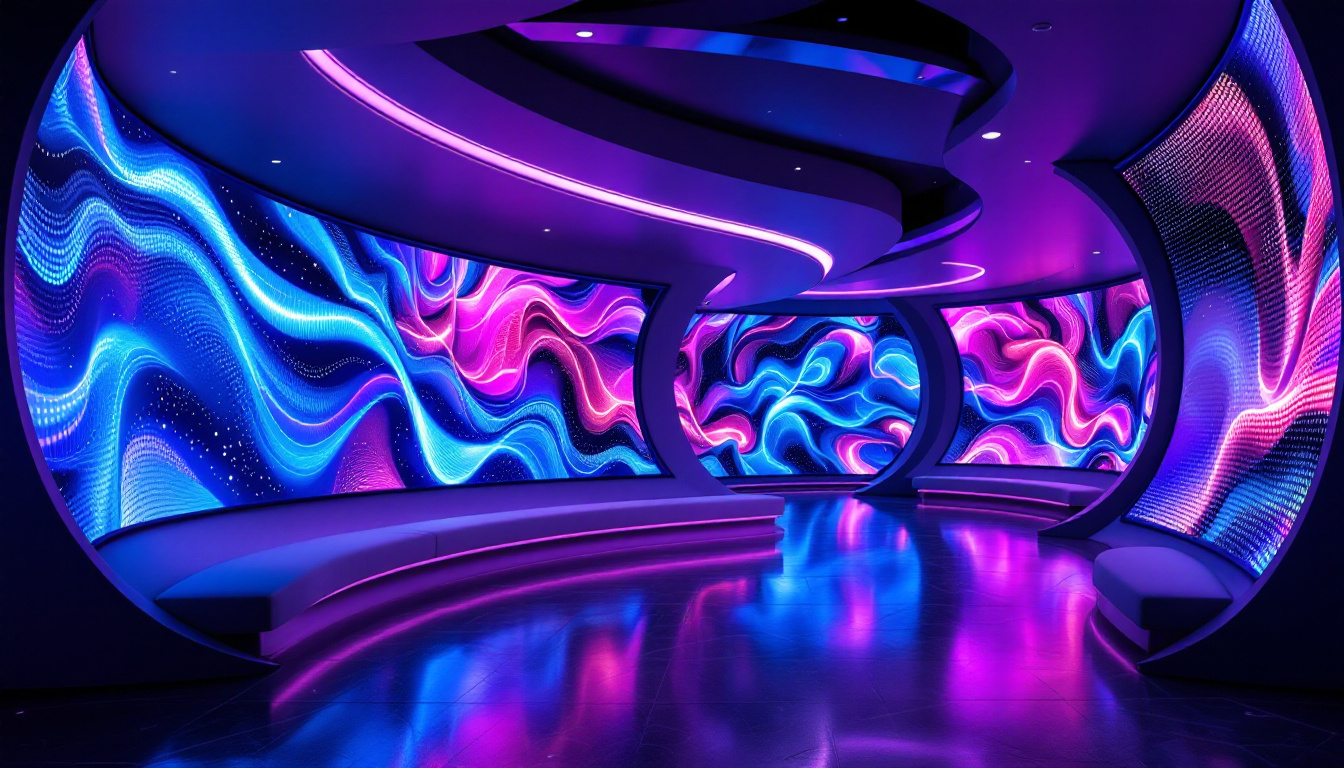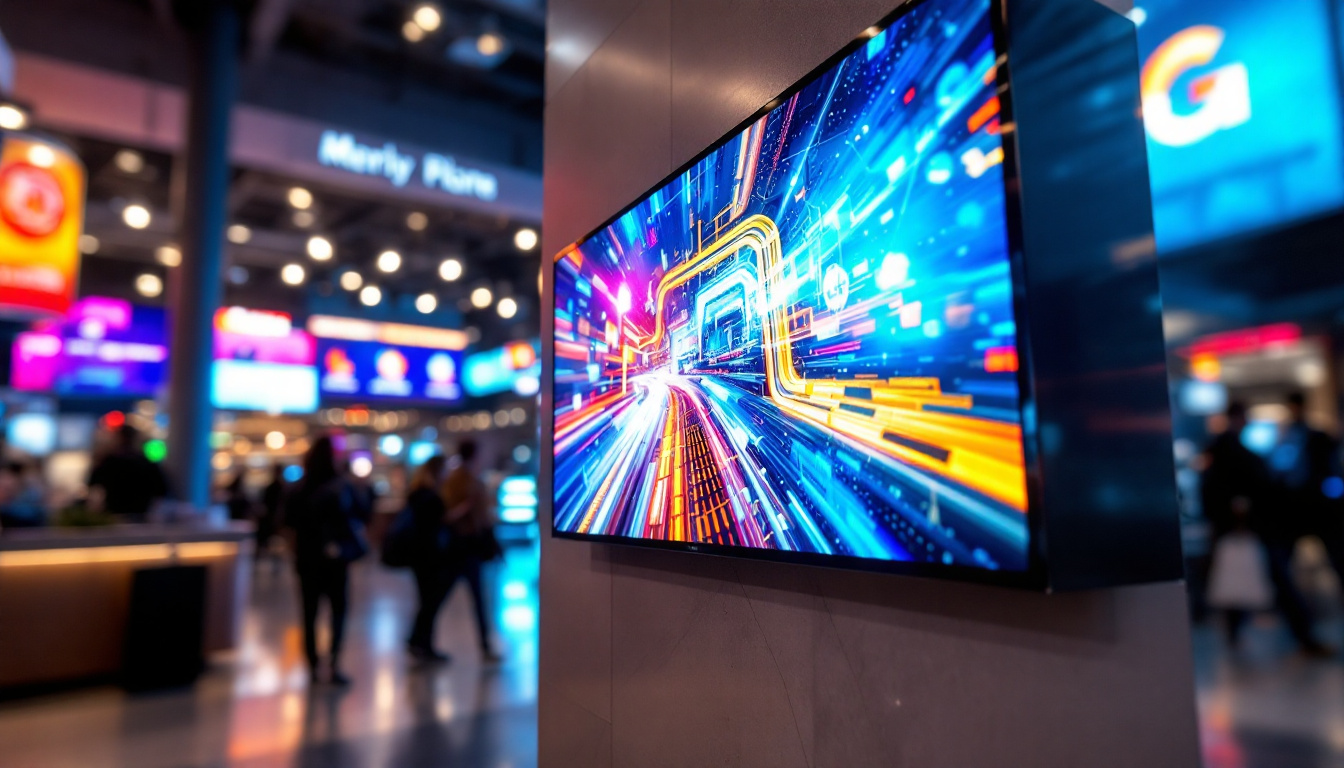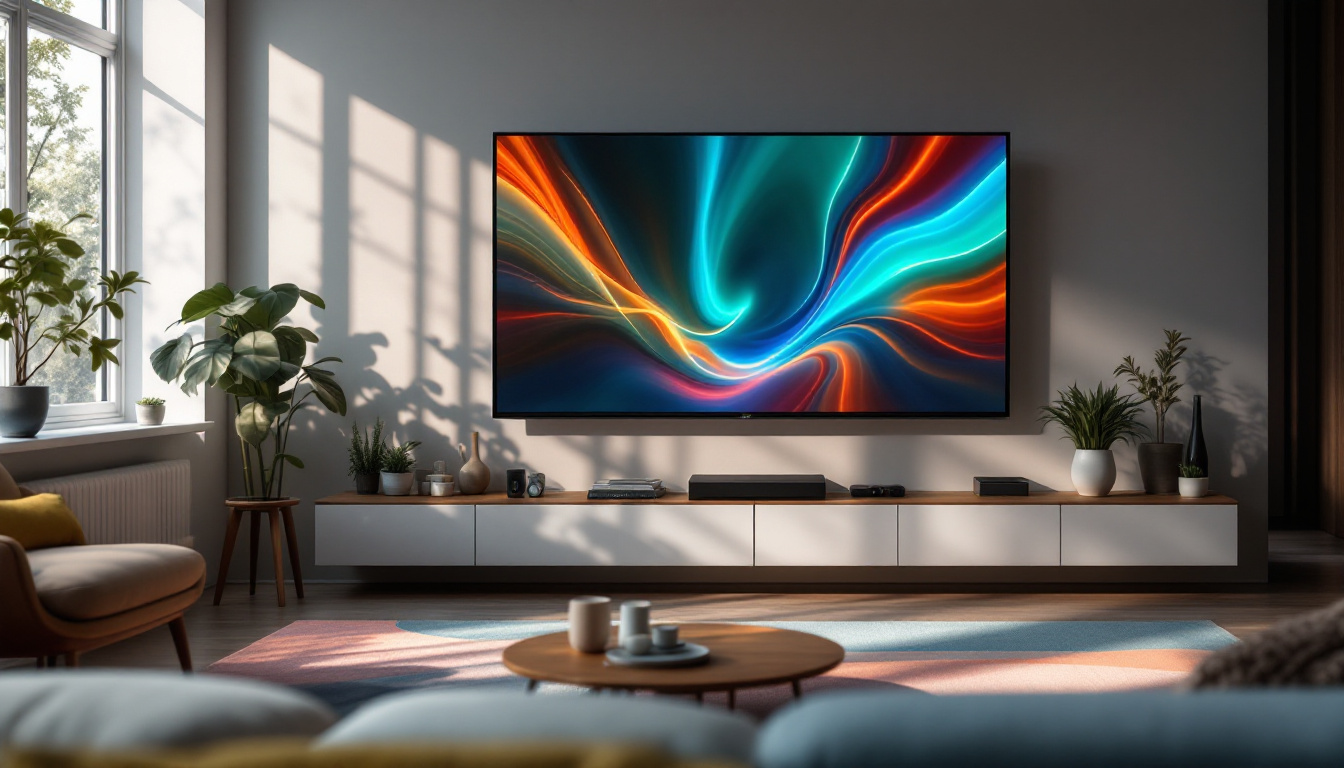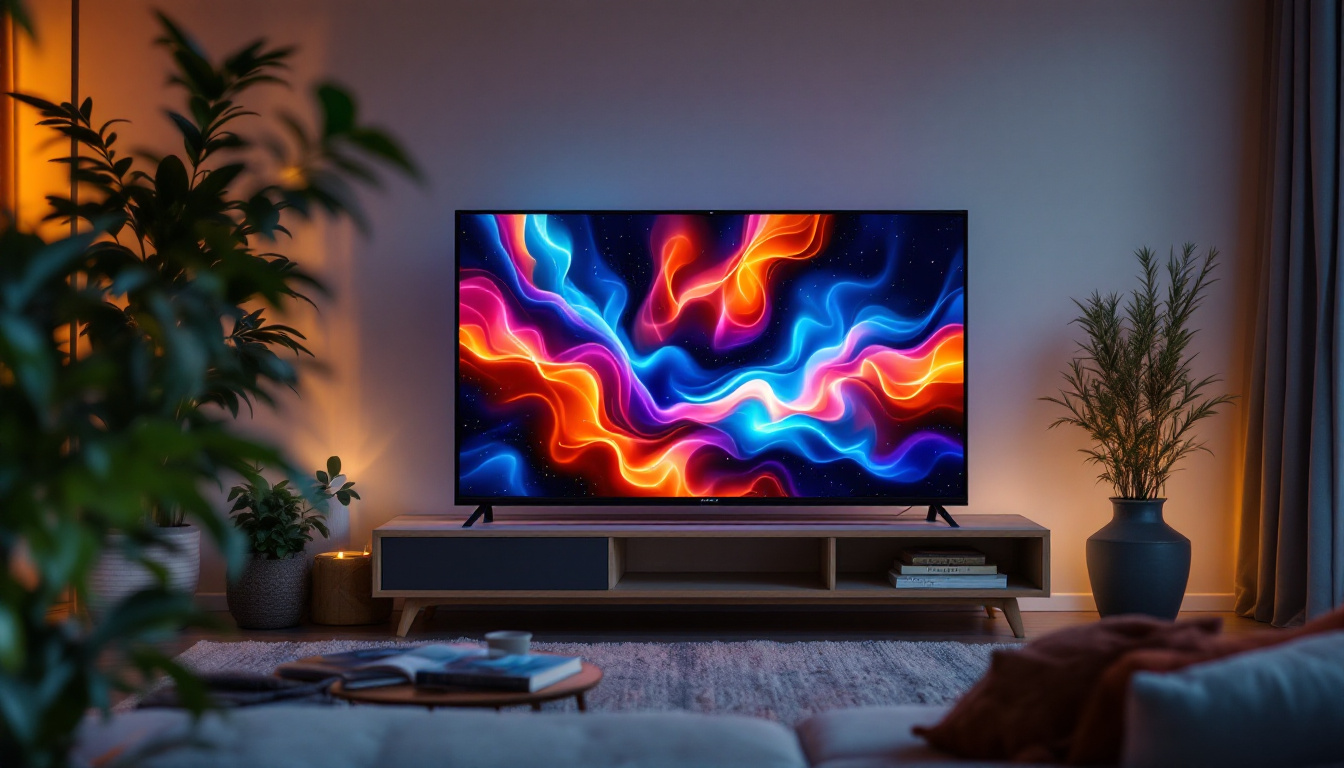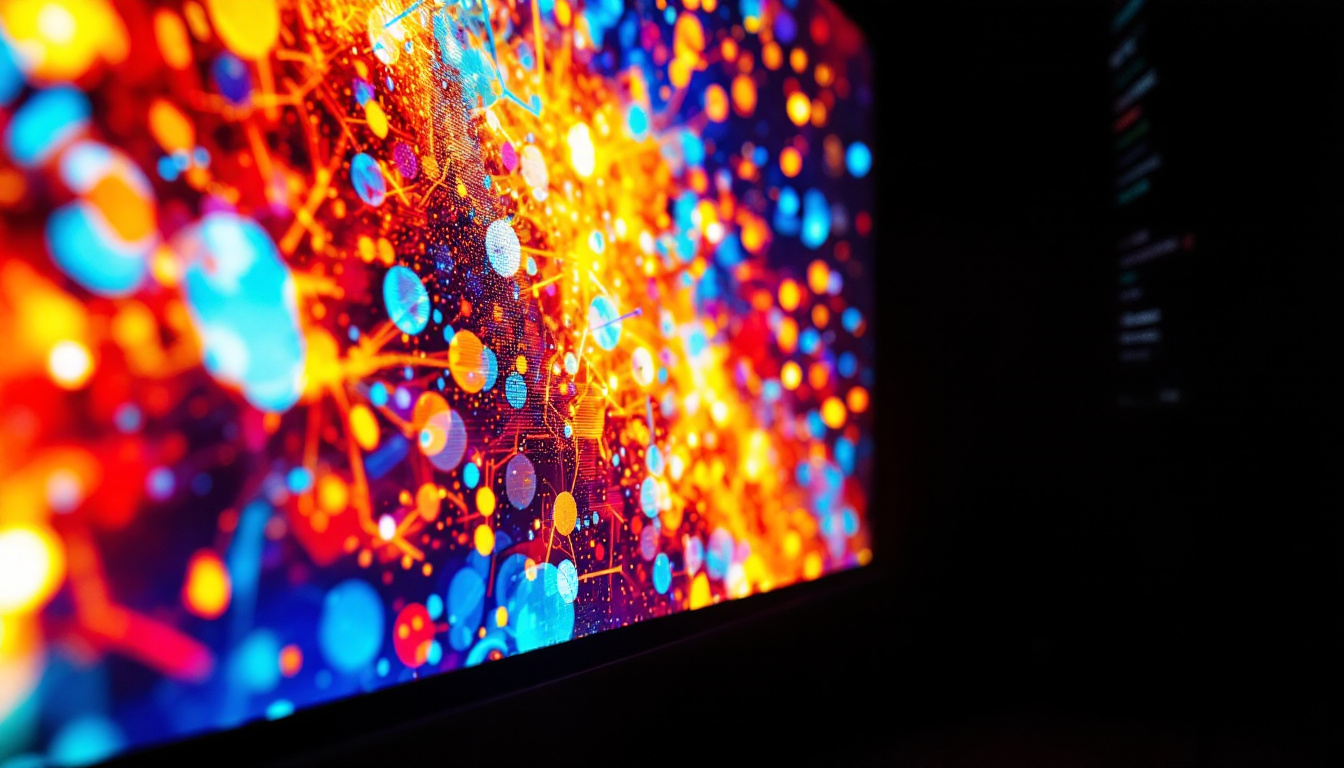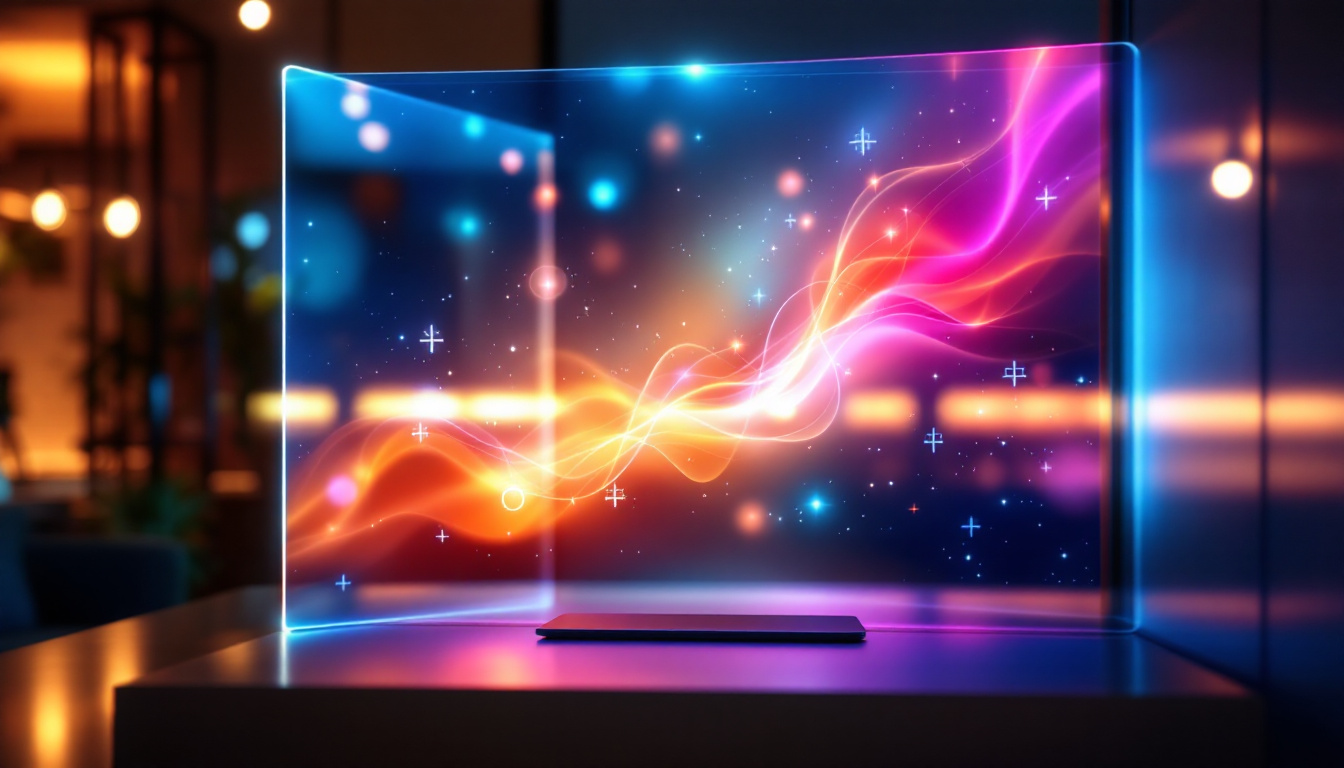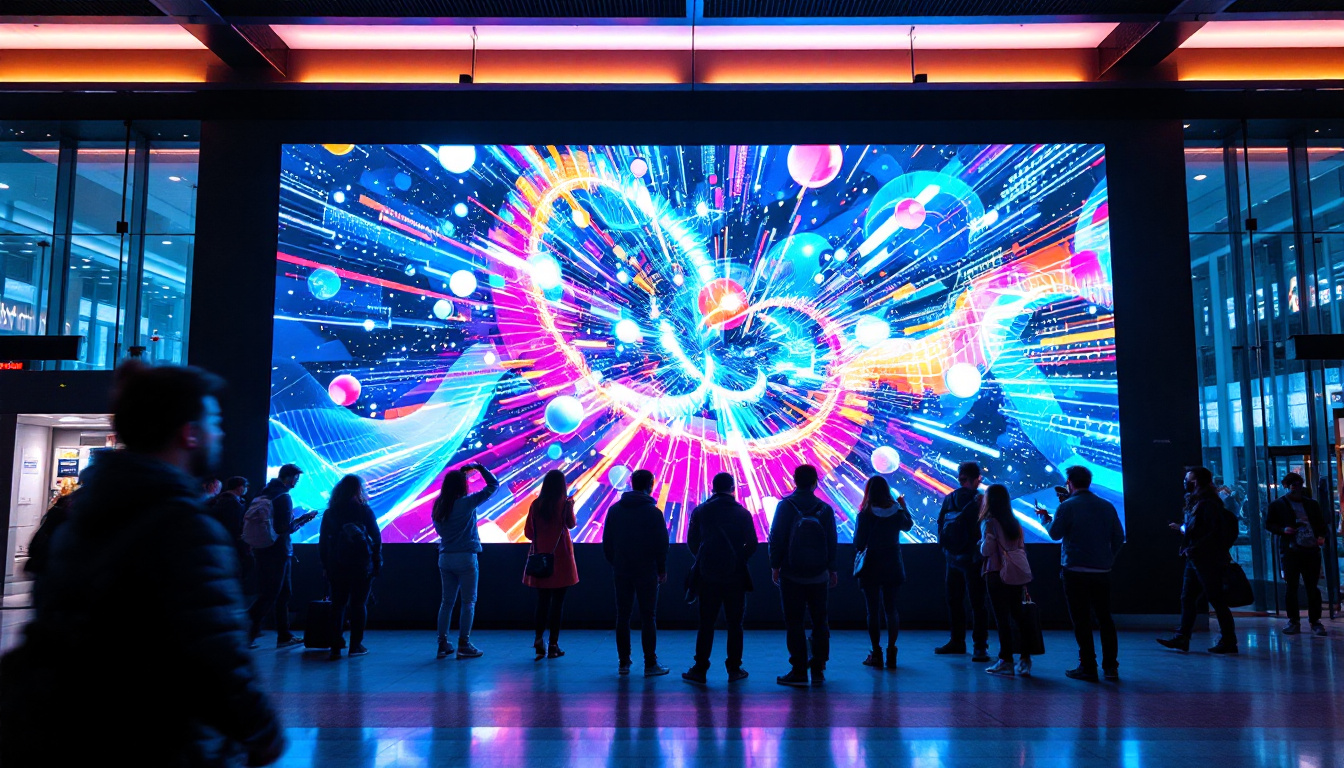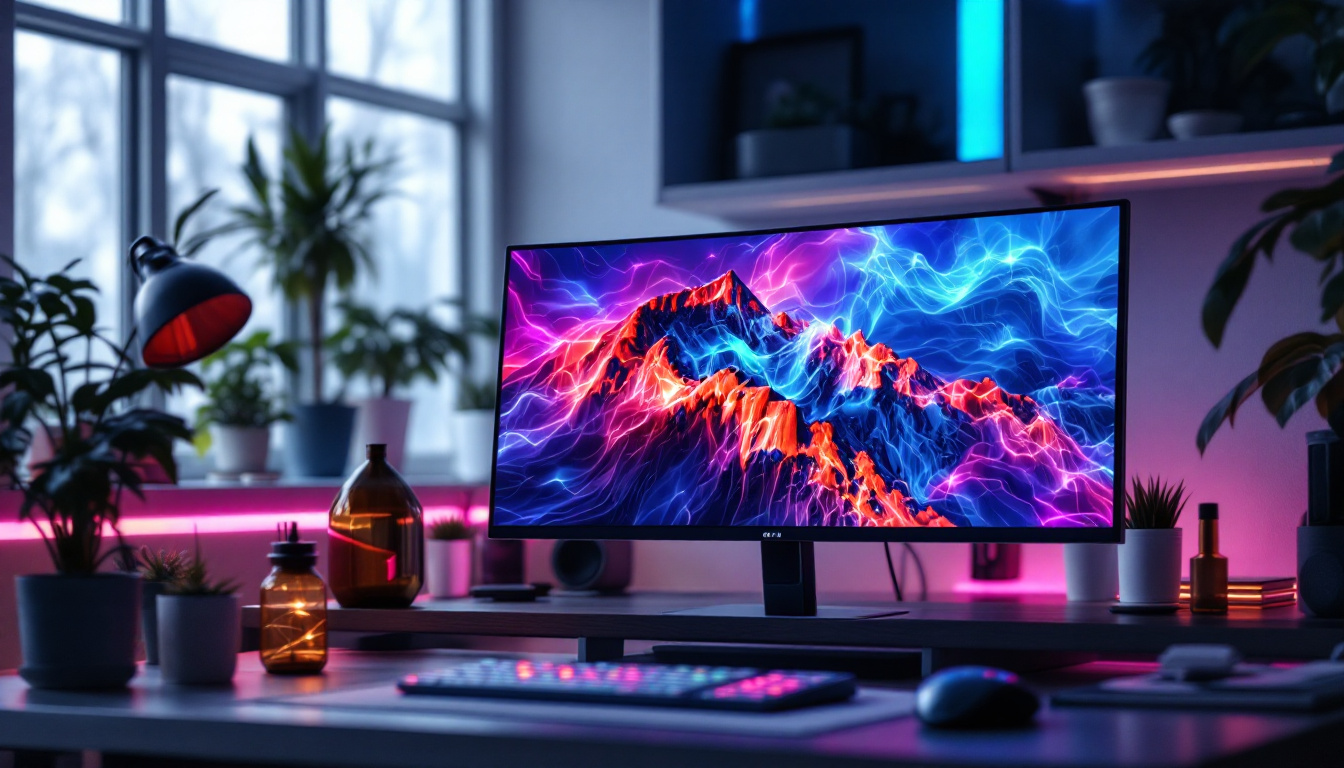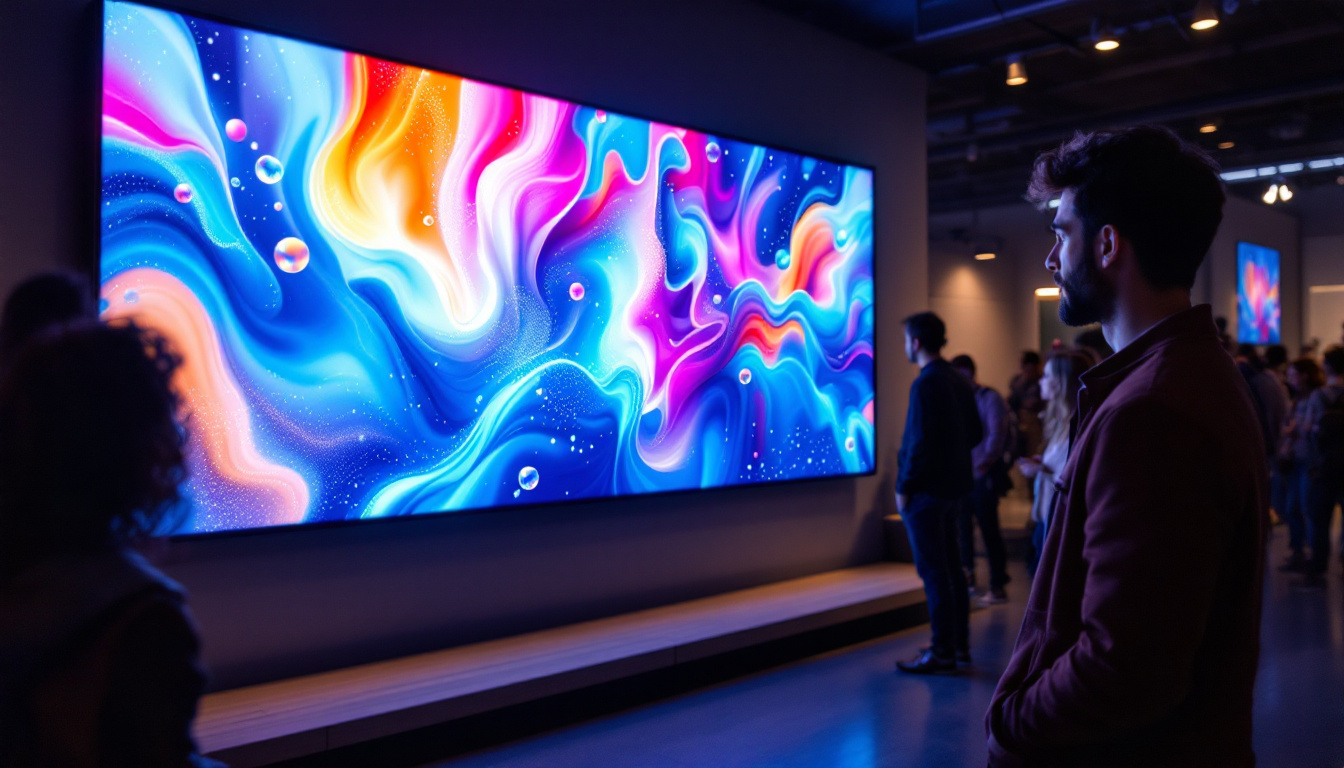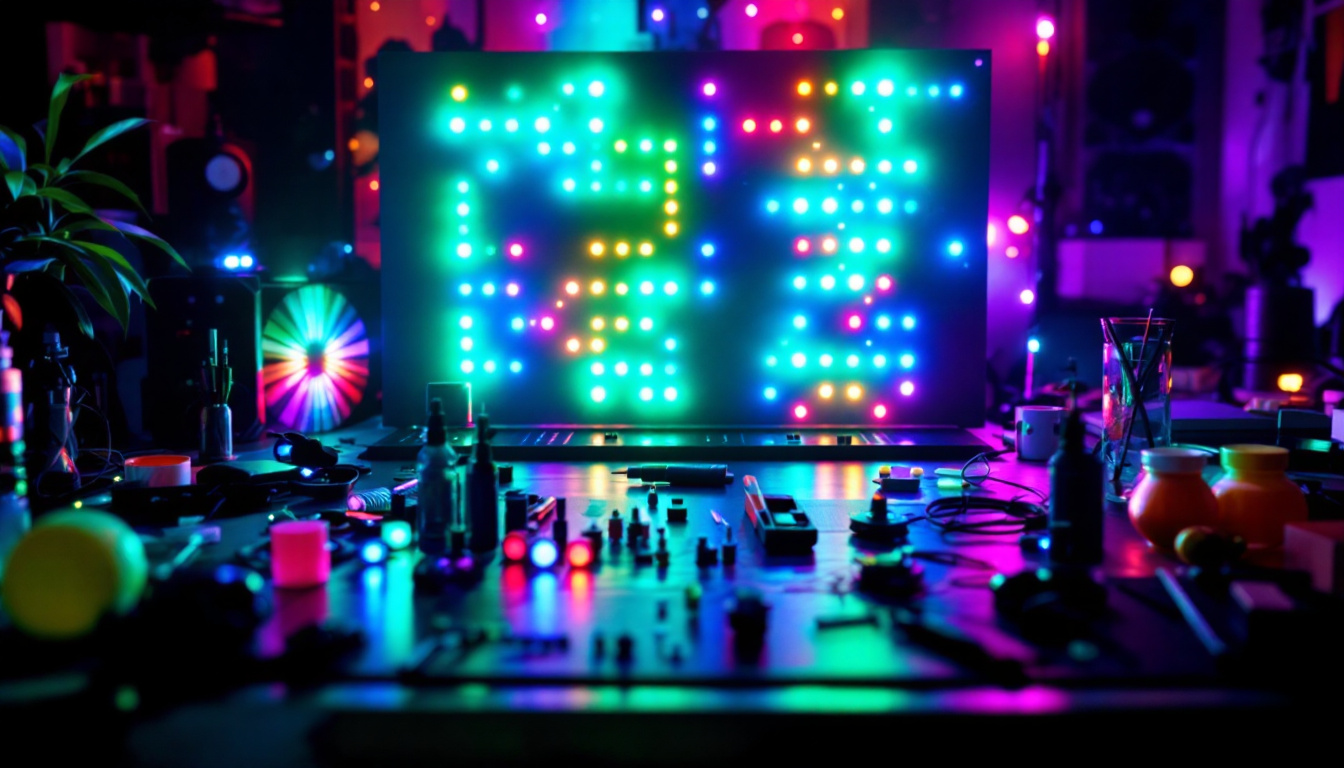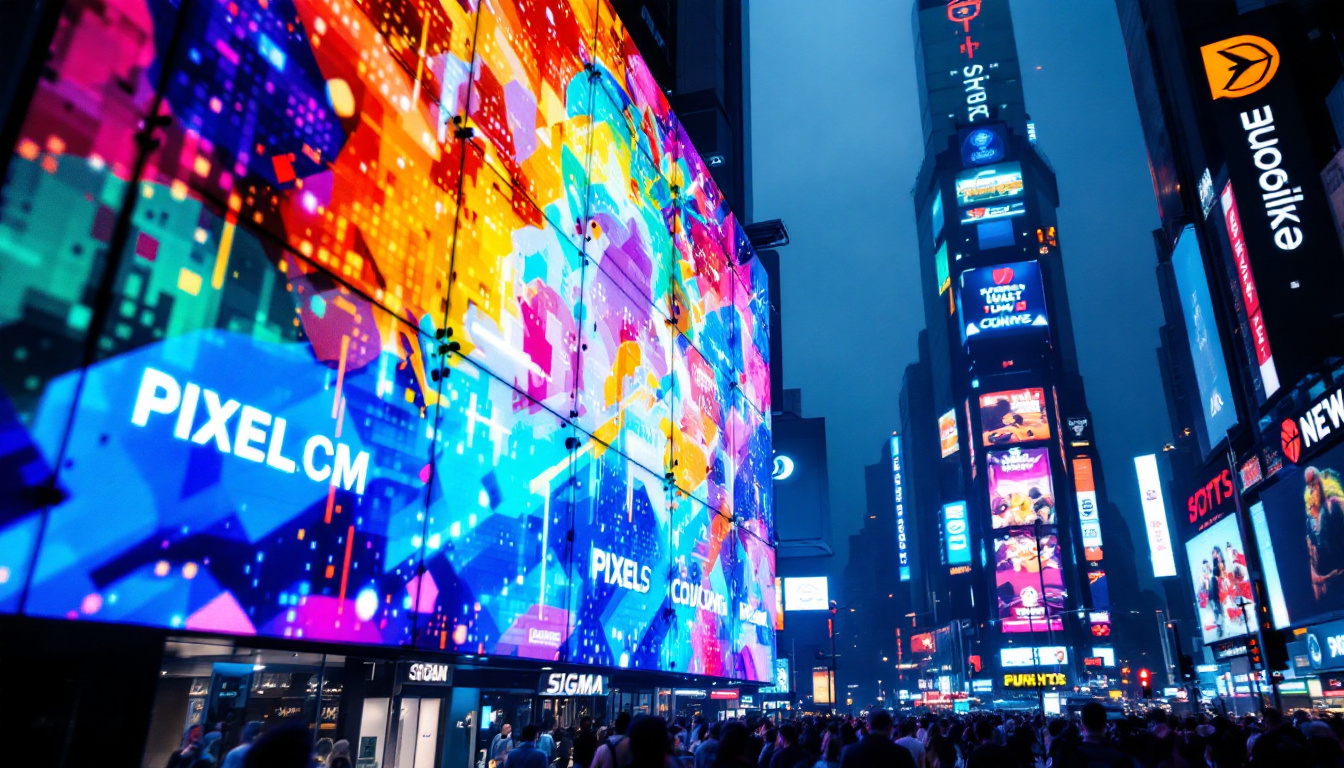The First Flat Screen TV: LED Display Explained
The evolution of television technology has been nothing short of remarkable. From bulky cathode-ray tube (CRT) models to sleek flat screens that dominate living rooms today, the journey has been driven by innovation and the quest for better viewing experiences. Among the various technologies that have emerged, LED (Light Emitting Diode) displays have played a pivotal role in shaping modern television. This article delves into the history of the first flat screen TV and the intricacies of LED display technology.
The Birth of Flat Screen TVs
The transition from traditional CRT televisions to flat screen models marked a significant turning point in the history of home entertainment. The first flat screen TVs began to appear in the late 1990s, but the journey to that point was paved with numerous technological advancements.
Early Innovations
Before the introduction of flat screen TVs, the television landscape was dominated by CRT technology. These bulky devices were heavy and required significant space, making them less than ideal for modern living environments. The desire for a more compact and aesthetically pleasing design led engineers to explore alternative technologies.
In the early 1990s, plasma and LCD (Liquid Crystal Display) technologies emerged as viable options for flat screen televisions. Plasma screens offered vibrant colors and deep blacks, while LCDs provided a thinner profile and lower power consumption. However, both technologies had their limitations, which led to further innovations. For instance, plasma screens were prone to burn-in, where static images could become permanently etched into the screen, while early LCDs struggled with viewing angles and response times. These challenges spurred research and development, leading to breakthroughs that would ultimately enhance the consumer experience.
The Advent of LED Technology
LED technology was initially used in small displays, such as those found in calculators and digital watches. However, as advancements were made, the potential for larger applications became apparent. By the mid-2000s, manufacturers began to incorporate LED backlighting into LCD screens, enhancing their brightness and color accuracy.
This combination of LCD and LED technology paved the way for the first true flat screen TVs that offered superior picture quality and energy efficiency. The introduction of LED displays revolutionized the market, making flat screen TVs more accessible to consumers. Furthermore, the shift to LED technology not only improved the visual experience but also aligned with growing environmental concerns, as these displays consumed significantly less power compared to their CRT predecessors. This shift was crucial during a time when energy efficiency was becoming a priority for both manufacturers and consumers alike, leading to a new era of eco-friendly electronics.
The Mechanics of LED Displays
Understanding how LED displays work is crucial to appreciating their impact on television technology. LED screens utilize a combination of liquid crystals and light-emitting diodes to create images. This section explores the mechanics behind LED displays and their advantages over traditional technologies.
How LED Displays Function
At the core of an LED display is a liquid crystal panel that modulates light. The panel is illuminated by a series of LEDs, which can be arranged in various configurations. There are primarily two types of LED displays: edge-lit and full-array.
Edge-lit LED displays feature LEDs positioned along the edges of the screen. This design allows for a thinner profile but can result in uneven lighting. In contrast, full-array LED displays have a grid of LEDs behind the entire screen, providing more uniform brightness and better contrast ratios. The arrangement of these LEDs is crucial, as it directly influences the display’s performance in terms of color accuracy and viewing angles. Furthermore, many modern full-array displays incorporate local dimming technology, which enables specific areas of the screen to dim or brighten independently, enhancing the depth of the image and providing a more immersive viewing experience.
Benefits of LED Technology
LED displays offer several advantages over their predecessors. One of the most significant benefits is energy efficiency. LED technology consumes less power than traditional CRT and even standard LCD screens, making them an environmentally friendly choice.
Moreover, LED displays provide improved color accuracy and brightness. The ability to produce deeper blacks and more vibrant colors enhances the overall viewing experience. Additionally, advancements in LED technology have led to the development of HDR (High Dynamic Range), which further elevates picture quality by expanding the range of colors and contrasts. This technology allows viewers to experience a more lifelike image, with highlights that are brighter and shadows that are more detailed. As a result, HDR content has become increasingly popular, with many streaming services and gaming consoles now supporting it, making LED displays a preferred choice for enthusiasts seeking the best visual performance.
Another notable advantage of LED displays is their longevity and durability. Unlike traditional display technologies that may suffer from burn-in or degradation over time, LED screens are designed to last longer and maintain their performance. This durability is particularly beneficial in commercial applications, such as digital signage, where displays are often in use for extended periods. Furthermore, the lightweight nature of LED technology allows for more flexible installation options, enabling creative setups in both residential and commercial environments. As a result, LED displays have become the go-to choice for a wide range of applications, from home theaters to large-scale outdoor advertising, showcasing their versatility and adaptability in today’s fast-evolving tech landscape.
The Evolution of LED TVs
The journey of LED TVs did not stop with their initial introduction. As consumer demands evolved, manufacturers continued to innovate, leading to the development of various types of LED TVs that cater to different preferences and needs.
Smart LED TVs
With the rise of the internet and streaming services, smart LED TVs became a game changer in the television market. These devices integrate internet connectivity, allowing users to access a plethora of content directly from their televisions.
Smart LED TVs come equipped with built-in applications for popular streaming platforms, social media, and even gaming. This integration has transformed the way people consume media, making it more convenient and accessible than ever before.
4K and 8K Resolution
As technology advanced, so did the resolution of LED displays. The introduction of 4K resolution, which offers four times the pixel density of standard HD, provided viewers with stunning clarity and detail. This was followed by the emergence of 8K resolution, pushing the boundaries of visual fidelity even further.
While 4K content is widely available, 8K is still in its infancy, but it represents the future of television technology. As more content creators begin to produce 8K material, the demand for 8K LED TVs is expected to rise, making them a sought-after choice for enthusiasts.
Challenges and Considerations
Despite the numerous advantages of LED technology, there are challenges and considerations that consumers should keep in mind when purchasing a flat screen TV.
Price Variability
LED TVs, particularly those with advanced features like 4K and 8K resolution, can be quite expensive. While prices have decreased over the years, consumers should be prepared to invest in a quality model that meets their needs. It’s essential to weigh the benefits against the cost to determine the best option.
Viewing Angles and Performance
Another consideration is the performance of LED displays at different viewing angles. While many modern LED TVs offer improved viewing angles compared to earlier models, some still struggle with color accuracy and brightness when viewed from the side. It’s advisable to test a TV in-store or read reviews to ensure it meets expectations for your viewing environment.
The Future of LED Technology
The future of LED technology in televisions looks promising, with ongoing research and development aimed at enhancing performance and user experience. Innovations in display technology continue to emerge, paving the way for even better viewing experiences.
MicroLED and MiniLED
MicroLED and MiniLED technologies are at the forefront of the next generation of display technology. MicroLED displays utilize tiny individual LEDs to create images, offering exceptional brightness and contrast. This technology has the potential to eliminate issues like burn-in, which can affect OLED displays.
MiniLED, on the other hand, involves using smaller LEDs for backlighting, allowing for more precise dimming zones and improved contrast. Both technologies promise to deliver superior picture quality and energy efficiency, making them exciting prospects for the future of flat screen TVs.
Integration with Emerging Technologies
As smart home technology continues to gain traction, the integration of LED TVs with other devices is expected to become more seamless. Voice control, compatibility with smart assistants, and enhanced interactivity are just a few areas where LED TVs will likely evolve.
Moreover, the rise of augmented reality (AR) and virtual reality (VR) may lead to new ways of experiencing content, further pushing the boundaries of traditional television viewing.
Conclusion
The journey from the first flat screen TVs to the sophisticated LED displays of today illustrates the rapid pace of technological advancement in the television industry. LED technology has transformed the viewing experience, offering superior picture quality, energy efficiency, and smart features that cater to modern consumer demands.
As the industry continues to innovate, the future of LED displays looks bright. With emerging technologies like MicroLED and MiniLED on the horizon, consumers can expect even more exciting developments in the world of flat screen TVs. Whether it’s for binge-watching the latest series or enjoying a movie night with family, LED TVs have undoubtedly changed the way we experience visual entertainment.
Explore the Future of Visual Entertainment with LumenMatrix
As you embrace the remarkable advancements in LED display technology, take your viewing experience to the next level with LumenMatrix. As a pioneer in the industry, LumenMatrix offers a wide array of innovative LED display solutions, from Indoor and Outdoor LED Wall Displays to specialized options like Vehicle, Sports, and Floor LED Displays. Whether you’re looking to enhance your brand’s visibility or create immersive visual experiences, LumenMatrix is committed to revolutionizing visual communication. Check out LumenMatrix LED Display Solutions today and be a part of the visual revolution.

